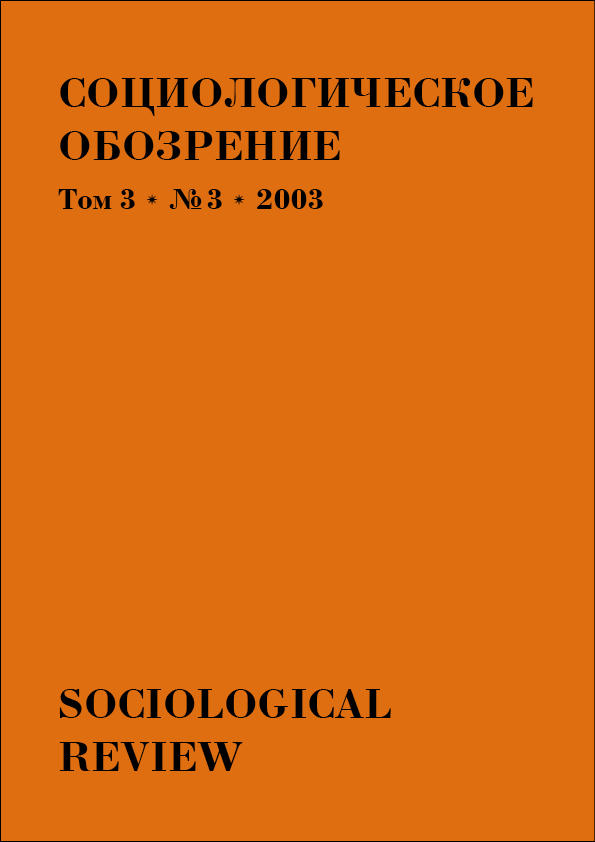On temporal mechanisms of social organization of space. Analysis of residential differentiation
Keywords:
time, Lefebvre, space, residentiality, social differentiation, community studies, oldtimers, newcomers, Giddens
Abstract
Any empirical research in the field of community studies and urban studies implies certain kind of axiomatic assumptions about space, time and their interrelations. This article is devoted to analysis of such assumptions based on the case study of “residential differentiation” phenomena. Residential communities are social establishments that appear as a result of non-linear, wave-like inhabitation of territories. In such communities groups of “oldtimers” and “newcomers”, “old families” and “new families” are well distinguished and easy to analyze. That allows grasping residential phenomena as a factor of social differentiation in space and time. This article demonstrates that in such residential communities of various caliber – from a military barracks and student dormitory to Newburyport (MA) and Haifa (Israel) – similar patterns of relations between “old” and “new” residential groups can be observed. Taking from H. Lefebvre and A. Giddens theoretical suggestions the author is trying to show what kind of axiomatic assumptions about space-time relations are implied in residential differentiation studies.Downloads
Download data is not yet available.
Published
2011-03-31
How to Cite
ВахштайнВ. (2011). On temporal mechanisms of social organization of space. Analysis of residential differentiation. Russian Sociological Review, 3(3), 71-83. Retrieved from https://vo.hse.ru/index.php/sociologica/article/view/563
Issue
Section
Papers and essays




